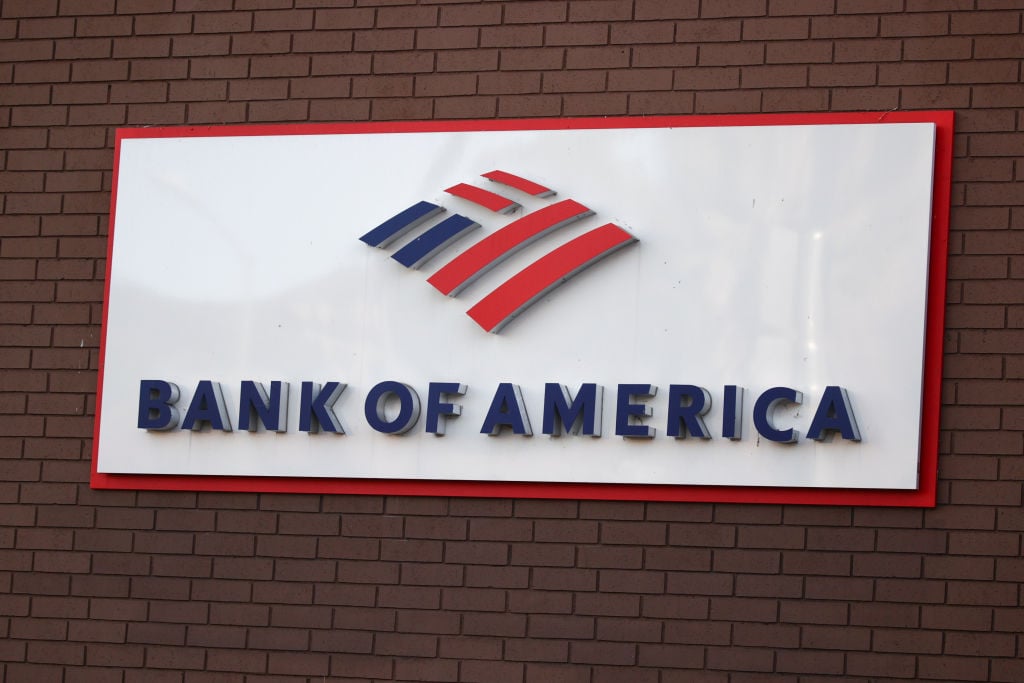That was what I wanted to know before Treasury secretary Tim Geithner disclosed revamped plans to save the financial system this morning. Unfortunately, I'm left with more questions than answers.
Thanks for nothing
Neither the secretary's speech nor the official fact sheet released by the Treasury disclosed anything significant that we didn't know yesterday. Geithner laid out an outline of how he'd like to bring banks back to stability, but the complete lack of specifics leads me to believe the ideas only work in theory, and once they're actually attempted, Treasury will hit a brick wall of reality.
As expected, the grand plan is to entice private capital into an aggregator bank designed to buy toxic assets. Sadly, this was the most detailed information Geithner revealed: "We are exploring a range of different structures for this program, and will seek input from market participants and the public as we design it."
Uncertainty? Check. Confusion? Mm-hmm. Investors losing faith? Quickly. And so are bank stocks -- as I write, Bank of America (NYSE:BAC), Citigroup (NYSE:C), and Wells Fargo (NYSE:WFC) were all down well into double digits. The only true nugget of clarity Geithner gave was that, "I want to be candid: this strategy will cost money, involve risk, and take time." Gee, thanks.
Still waiting ...
I, along with the rest of the market, am obviously losing patience with how vague these plans are. Especially after the near fallouts of Citigroup and B of A over the past few months, many were hoping Geithner would come out swinging for the fences with a massive plan to clean things up in one fell swoop. Instead, we're left with talking points and ambiguity.
Nevertheless, that Geithner is taking his time is probably for the better. Just as Congress should focus on quality over speed, I'd rather have a slow but effective bank bailout over the "throw money at the problem and hope it sticks" plan we've relied on since last October. As Geithner said this morning, "We're not going to put out details until we're confident that we've got the right structure."
Besides, outside of the specifics the market was looking for, there were indeed a few morsels of relevant news:
- All bank bailout information will now be disclosed on FinancialStability.gov, which will also include previously hush-hush information such as what individual banks are doing with taxpayer money.
- The Federal Reserve's Term Asset-Backed Loan Facility (TALF), a program designed to unclog the secondary loan market, will quintuple in size to $1 trillion. This should do a lot to get consumer-based credit flowing again.
- Treasury will provide "contingent equity" to large banks that fail what it's calling a "stress test." All banks with more than $100 billion in assets -- which includes everyone from JPMorgan Chase (NYSE:JPM) to Goldman Sachs (NYSE:GS) to American Express (NYSE:AXP) -- will be required to undergo the test. The new equity would take the form of convertible preferred shares, rather than just the preferred stock with warrants Hank Paulson relied on last fall.
Still, the longer the crafting of a plan to remove toxic assets from banks' books drags on, the more we're reminded why Paulson scrapped the idea in the first place: Doing so in a way that helps banks and protects taxpayers is as close to impossible as it gets.
The utopian idea that banks can be restored to health while largely protecting taxpayers simply isn't consistent with the abysmal state of the banking industry. Someone will bear an enormous cost, and banks simply don't have the capital to besustainar losses anymore. Ultimately, taxpayers will end up on the hook for however much of the amount exceeds what the market is willing to pay for these assets, which is currently a big fat zero.
Hang in there, Fools
Alas, we're still waiting. And waiting. And waiting. Until specific plans are unveiled, bank stocks and credit markets are bound to wallow in fear, as they are today. Be patient. Cross your fingers. Don't panic. We'll make it through this -- when is the trillion-dollar question.
For related Foolishness:








